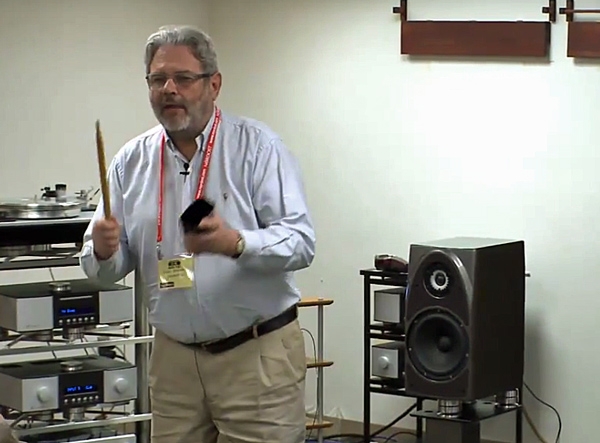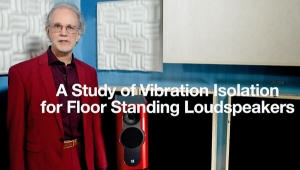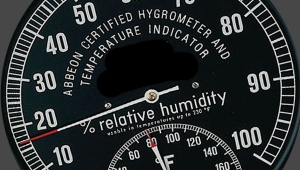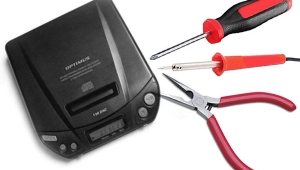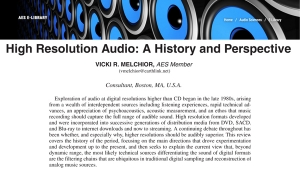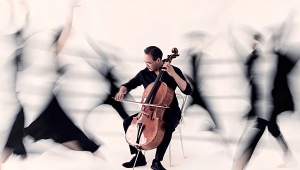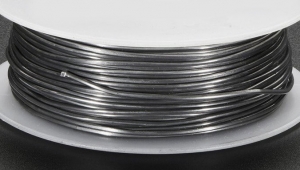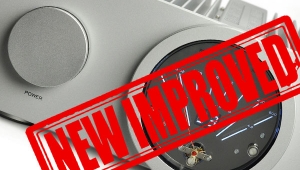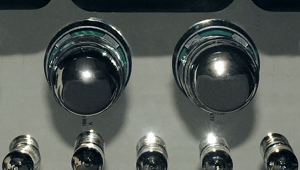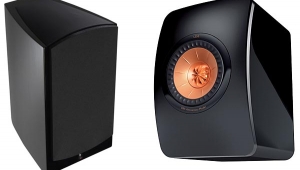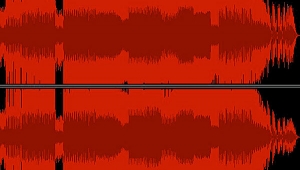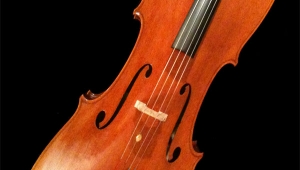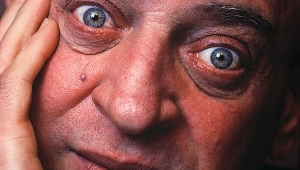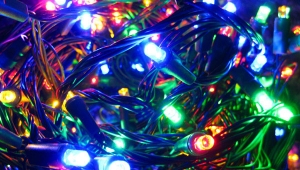| Columns Retired Columns & Blogs |
If you had the singers and the various mics and gear standing up and ready to record, but you had a room with solid walls that you could nonetheless shrink and grow dynamically by pushing a button or lever, how much of the difference between the three recorded versions could you approximate with the variable room size, from any one given set of mics? I'm guessing if the mics are close enough to the performers, that closeness might mitigate most of the room reverberation etc.
